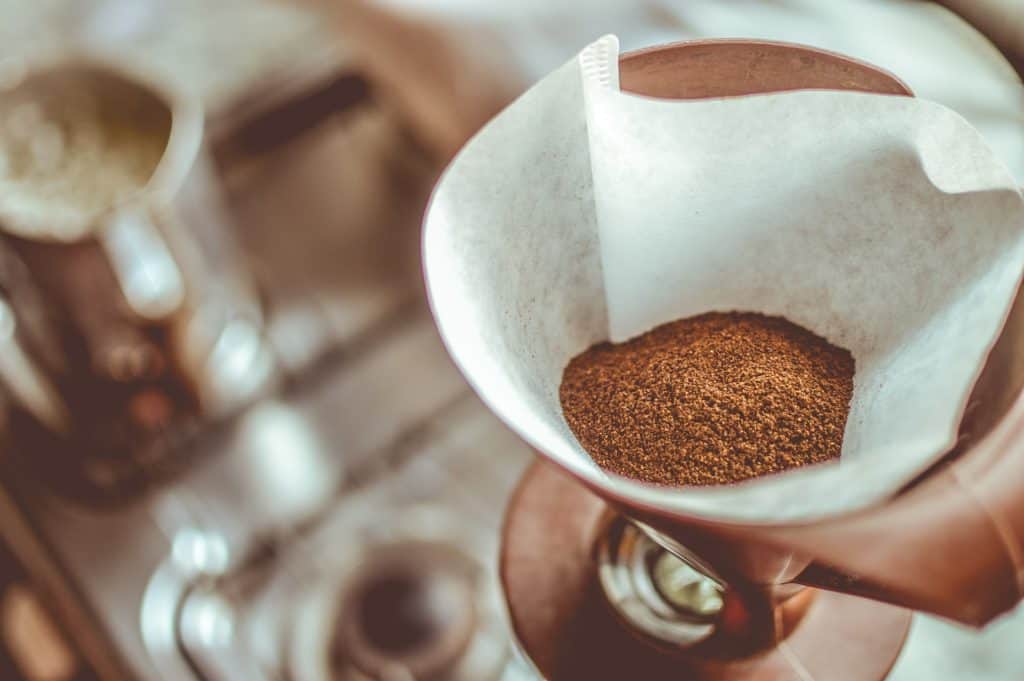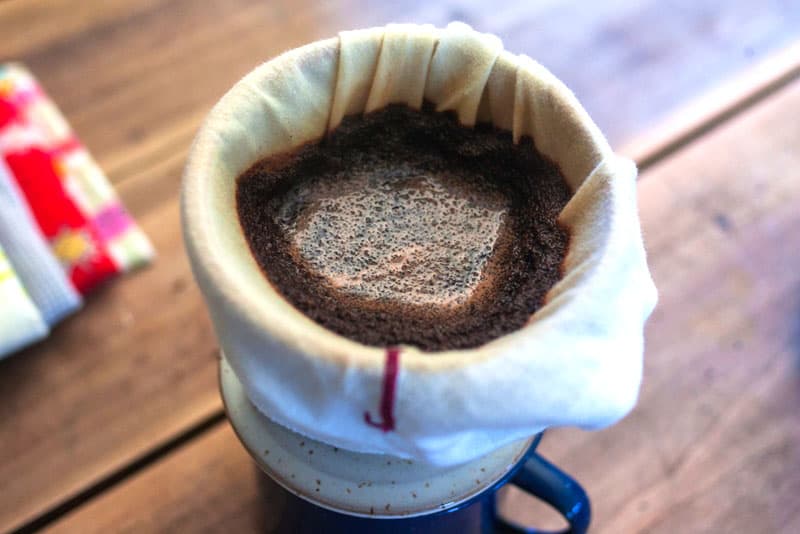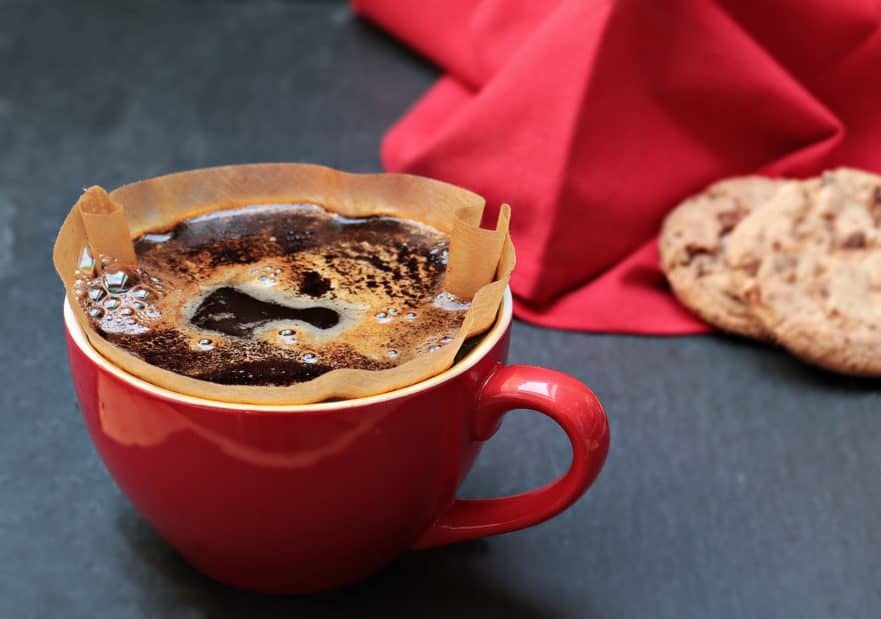
Brewing coffee is personal, and the filter you choose can make or break your cup. Paper, metal, or cloth—each delivers a different vibe, from clean and crisp to rich and bold. Whether you’re pouring over a Chemex or firing up a drip machine, picking the right filter shapes your coffee’s flavor, texture, and eco-footprint. Let’s break down these three options, how they work, and which one’s best for your morning brew.
Why Filters Matter
Filters do more than catch grounds—they define your coffee’s taste and feel. Paper filters strip out oils for a bright, clean cup, perfect for highlighting floral notes in light roasts. Metal filters let oils through, adding body and grit, ideal for bold, dark roasts. Cloth filters split the difference, keeping oils but blocking sediment for a smooth, rich brew.
Your brewer matters too. Cone filters fit pour-overs like the Hario V60; basket filters suit drip machines. Filters also affect sustainability—paper’s disposable, while metal and cloth are reusable. With so many choices, it’s about balancing flavor, convenience, and your coffee style.
Not sure where to start? Think about your setup and taste. Love a silky pour-over? Try paper. Want a hefty French press vibe without the sludge? Go metal or cloth. Let’s dig into each type to help you decide.
Paper Filters

Paper filters are the go-to for most home brewers—cheap, easy, and everywhere. You’ll find them in every grocery store, sized for drip machines (basket or flat-bottom) or pour-overs (cone, like Chemex or V60). They trap oils and fine grounds, giving you a clean, bright cup that showcases a coffee’s acidity, like citrusy Ethiopian beans.
Worried about a papery taste? Rinse the filter with hot water (195°F-205°F) before brewing to wash away any residue. This also preheats your brewer for better extraction. For thin basket filters in drip machines, rinsing’s optional—most don’t impart much flavor. Thicker cone filters, like Chemex’s, benefit more from a rinse to avoid subtle off-notes.
Bleached (white) or unbleached (brown)? Taste-wise, there’s no difference. Bleached filters use chemicals, adding a tiny environmental cost during production and disposal. Unbleached are slightly greener, with no chemical runoff. If sustainability’s your thing, grab brown filters—they’re just as effective.
Paper’s downside? Waste. If you brew daily, you’re tossing a filter each time. They’re affordable ($0.02-$0.10 each), but the environmental impact adds up. Still, for convenience and a polished cup, paper’s hard to beat.
Metal Filters

Metal filters, usually stainless steel or gold-coated, are a favorite for eco-conscious brewers. Built to last years, they cut waste and add a robust texture to your coffee. Common in French presses, AeroPress (with aftermarket options), or pour-overs, they let oils and micro-grounds through, creating a heavier, fuller-bodied cup—great for nutty Colombian roasts.
They’re more porous than paper, so coffee brews faster, which can weaken the flavor unless you use extra grounds (e.g., 22g instead of 20g for a 300g brew). Oils like cafestol pass through, adding richness but potentially raising cholesterol if you drink multiple cups daily. If your doctor’s flagged high cholesterol, stick to paper or limit unfiltered coffee.
Cleaning’s straightforward—rinse under hot water after use and scrub weekly with soap to remove oil buildup. Store dry to prevent rust. Metal filters cost more upfront ($10-$30) but save money long-term. They’re ideal if you love a textured brew and want to ditch disposables.
Cloth Filters

Cloth filters, often organic cotton, are the old-school choice making a comeback. Used in traditional brewers like the Costa Rican Chorreador or modern pour-overs, they block grounds but let oils through, delivering a smooth, rich cup with less sediment than metal. Think of it as a middle ground—cleaner than metal, fuller than paper.
New cloth filters need prep: boil for 5-10 minutes to shrink and purify them. After brewing, shake out grounds, rinse well, and air-dry to prevent mold. Every 1-2 months, boil with a splash of vinegar to clear oil buildup. Avoid detergent—it can leave soapy flavors. A finer grind (medium-fine) works best to avoid clogging.
Cloth shines in pour-overs but isn’t practical for drip baskets due to fit issues. They’re eco-friendly, lasting months with care, and cost $5-$15. If you’re patient and love a velvety brew, cloth’s a solid pick, especially for medium roasts with caramel notes.
Which Filter’s Right for You?
- Paper: Best for clean, bright coffee and convenience. Suits drip machines, Chemex, or V60. Rinse to avoid papery taste; choose unbleached for eco-points.
- Metal: Great for bold, textured coffee and sustainability. Fits French press, AeroPress, or pour-overs. Watch cafestol if health’s a concern.
- Cloth: Ideal for smooth, rich coffee with eco-appeal. Best for pour-overs; requires more upkeep. Use a finer grind and boil regularly.
Test filters with your brewer to find your sweet spot. Mix and match—paper for mornings, metal for bold afternoon brews. Your coffee, your rules.
Coffee Filter Quick Guide
Here’s a snapshot of filter types:
| Filter Type | Taste | Best For | Pros | Cons |
|---|---|---|---|---|
| Paper | Clean, bright | Drip, Chemex, V60 | Cheap, easy, no sediment | Wasteful, may need rinsing |
| Metal | Bold, textured | French press, AeroPress | Reusable, rich body | Cafestol, some sediment |
| Cloth | Smooth, rich | Pour-over, Chorreador | Eco-friendly, balanced flavor | High maintenance, finer grind |
Final Thoughts
Coffee filters are small but mighty, shaping your brew’s flavor and feel. Paper’s a no-brainer for quick, clean cups; metal brings bold vibes with less waste; cloth offers a rich, green option if you’re up for the upkeep. Try them out, see what clicks with your brewer, and tweak your grind or dose to make it yours.

